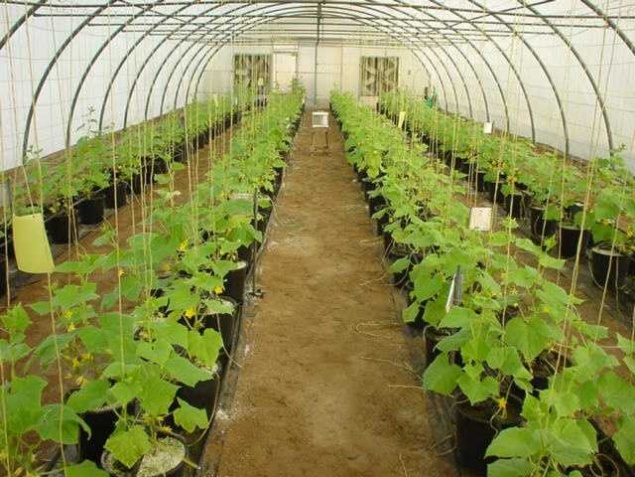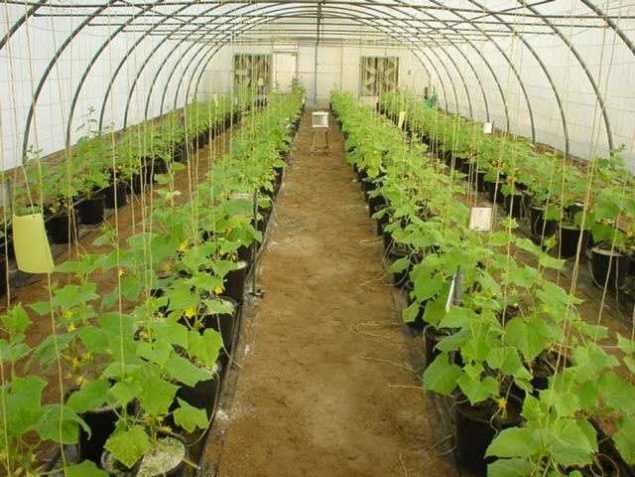It is a greenhouse farm to produce various agricultural crops and vegetables (tomatoes, cucumbers, zucchini, beans, eggplant, hot and cold peppers).

It is a greenhouse farm to produce various agricultural crops and vegetables (tomatoes – cucumbers – zucchini – beans – eggplant – cold and hot peppers). This is with the aim of providing agricultural vegetables throughout the year and providing vegetables outside their natural season and during their absence. Greenhouse farming is one of the most important aspects of agricultural investment. It is a successful investment if it is surrounded by all aspects of success from good management and successful marketing, as producing crops out of season leads to increased demand for them and higher prices. The greenhouse project aims to achieve self-sufficiency in vegetables by reducing vegetable imports, employing workers, and improving their economic and social level. And the optimal use of the project’s resources and assets. Maintaining a competitive price level enables the project to obtain its target share. Contributing to covering part of the increasing demand for vegetables and using the latest methods in the field of vegetables. Protected agriculture is of particular importance due to its ability to control all environmental conditions affecting plant production, thus doubling production per unit area, in addition to producing high-quality varieties. It is also characterized by the application of irrigation methods that ensure the provision of water quantities, which contributes to supporting water security and achieving self-sufficiency, thus contributing to sustainable agricultural development.



Executive Summary
Study of project services/products
Market size study.
Risk assessment study.

The Kingdom of Saudi Arabia has given significant importance to the agricultural sector over the past five years, particularly following the launch of Vision 2030. Through this initiative, Saudi Arabia aimed to capitalize on available opportunities and resources to build a strong and sustainable economy.
As a result of its continuous efforts, the agricultural landscape has expanded, crop production has increased, and the number of livestock and fish yields have risen. This progress has contributed to enhancing food security and meeting the nutritional needs of citizens.
Because “Mashroo3k “, a consultancy firm specializing in economic advisory and market research, values keeping its clients informed about key industry trends, it presents here some relevant data. These insights serve as a valuable guide for those interested in investing in this vital sector.
